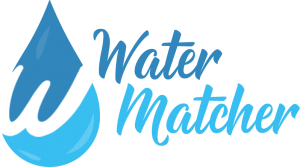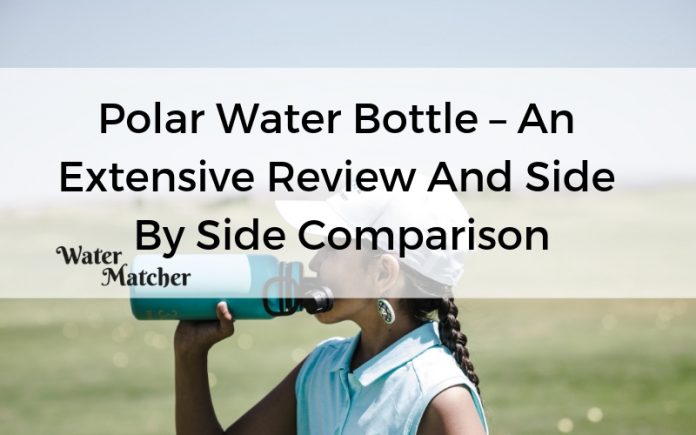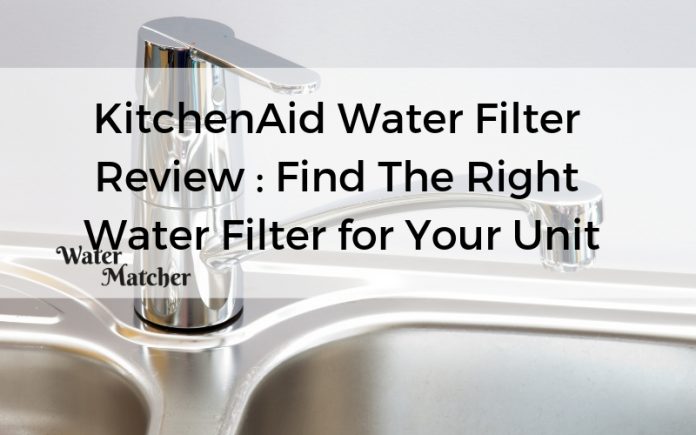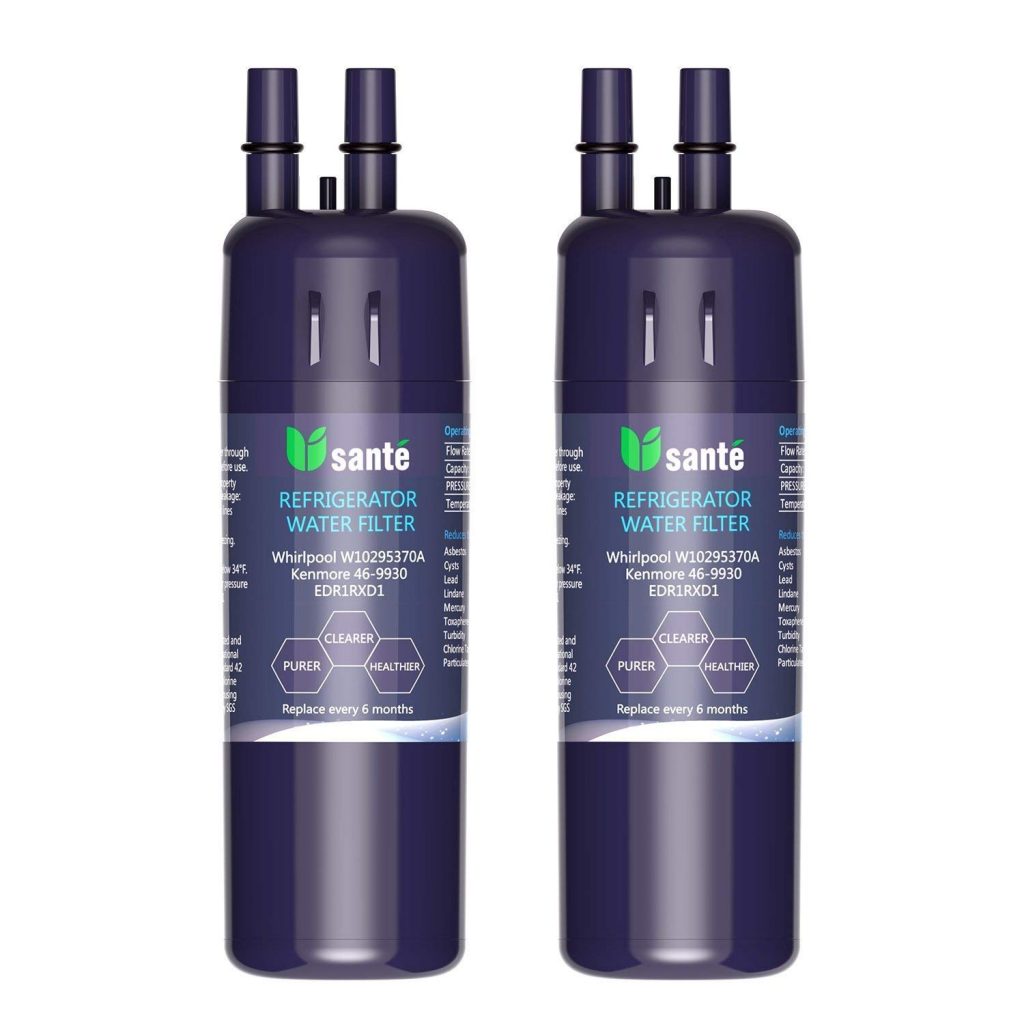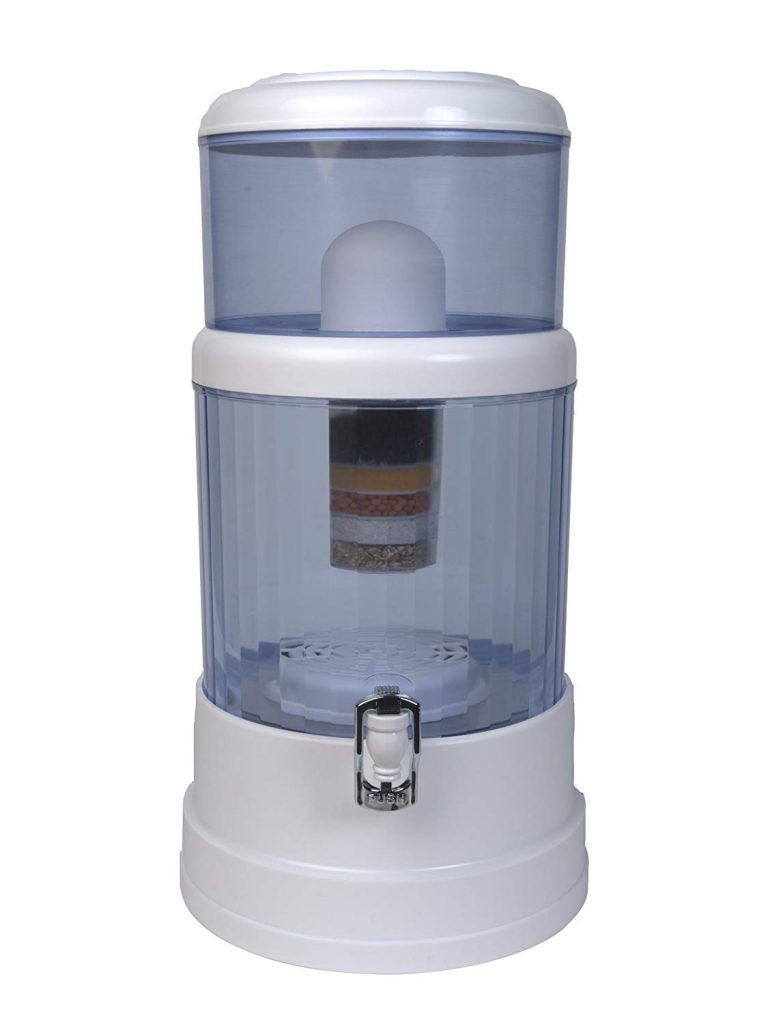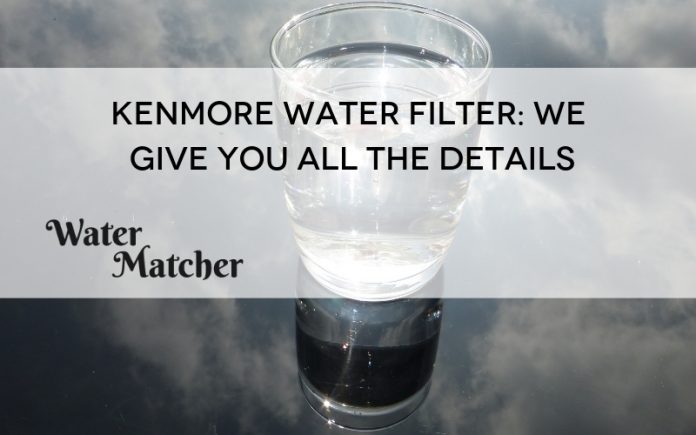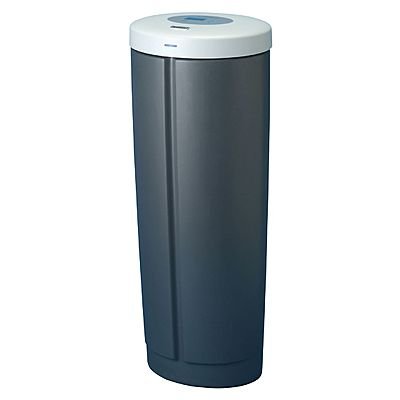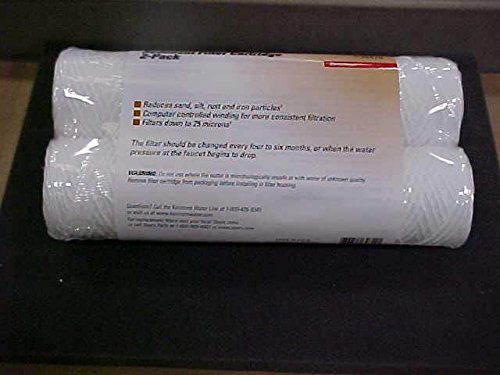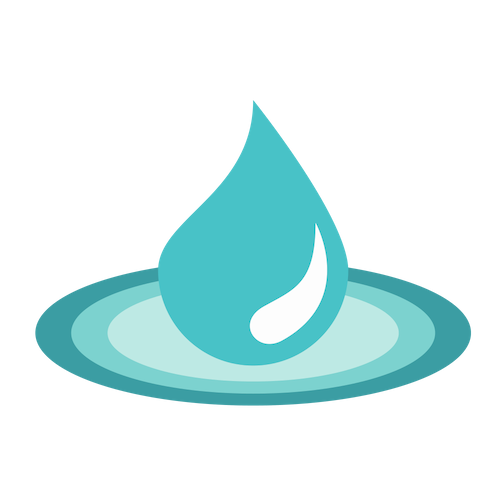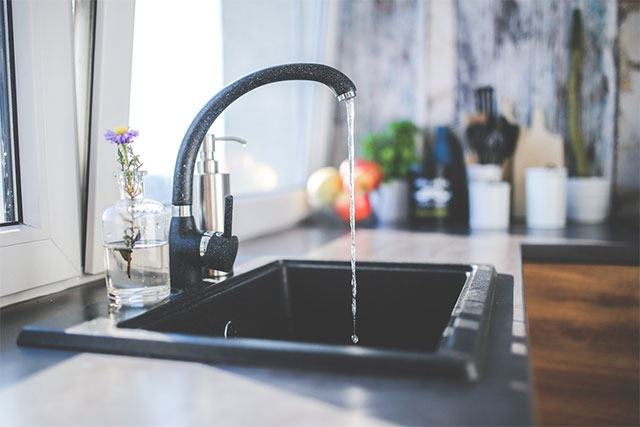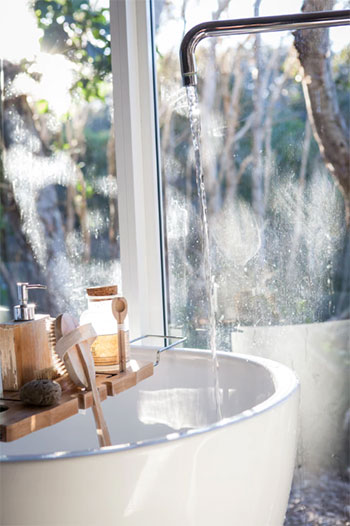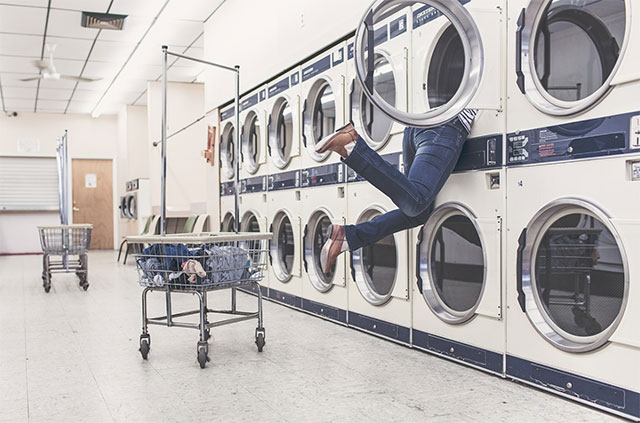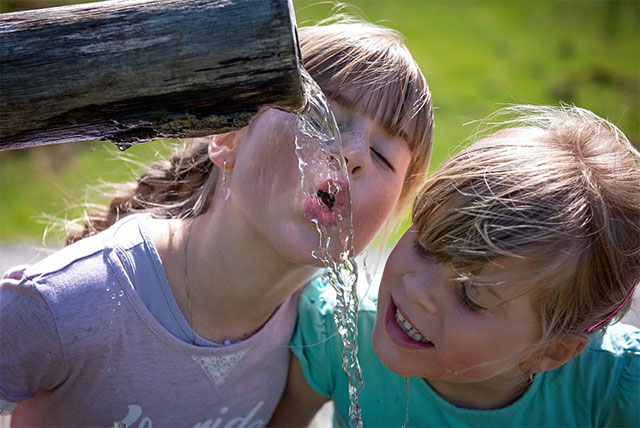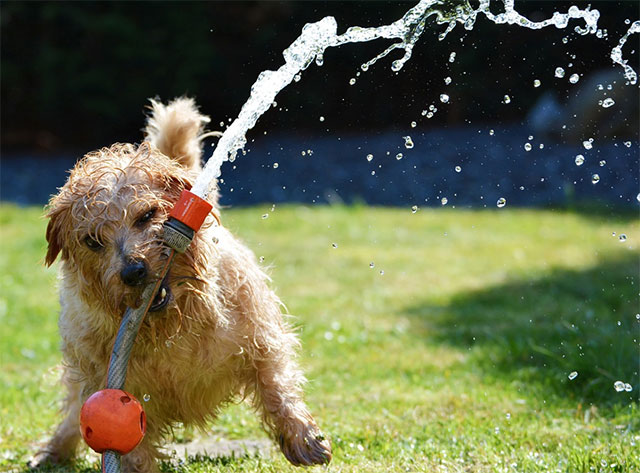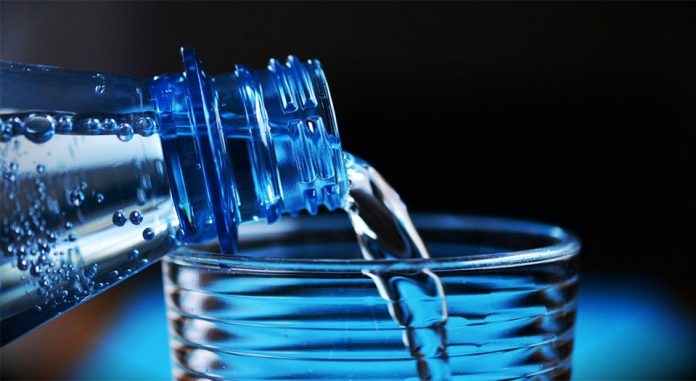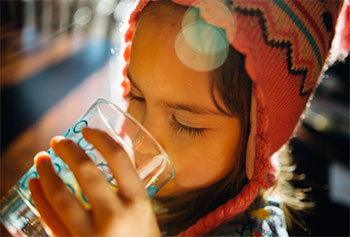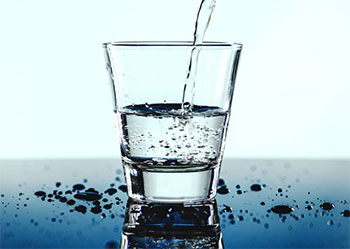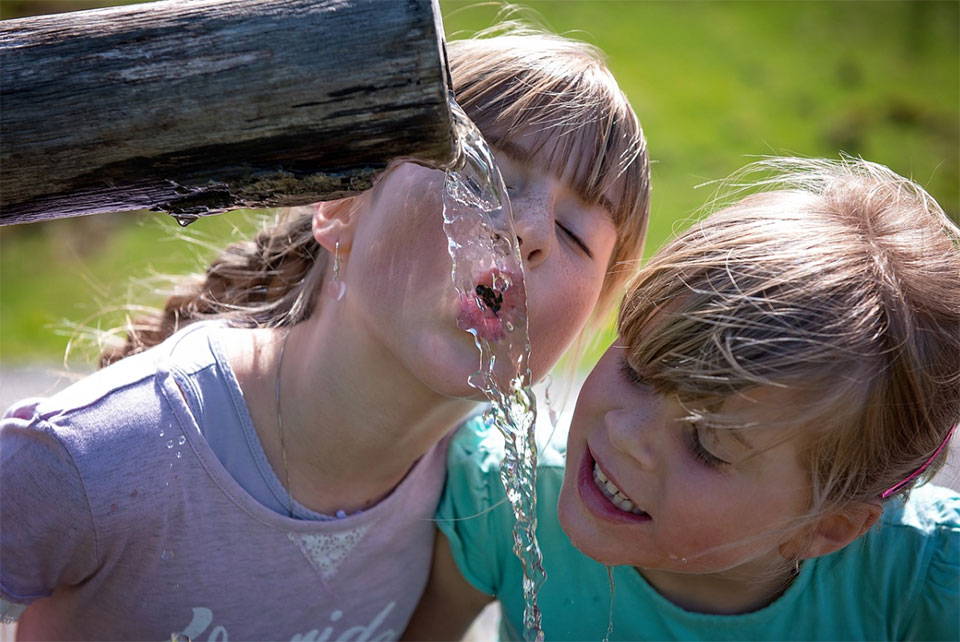Once just the part of the realm of cyclists, runners, and fitness buffs, water bottles are now a commonplace accessory you see in almost everyone’s hand.
Drinking more water is one of the top goals of those in search of better health. That demand has created a market for quality water bottles. The Polar water bottle company offers several options to suit your needs, whether you’re a day to day sipper or an avid outdoorsman.
Polar Water Bottle Product Specifications
Polar offers three types of water bottles. All of them are free of BPA and Phthalates, so they’re friendlier to your body and the environment. Plus, they’re protected by a lifetime warranty.
Comparison Table: Polar Water Bottle
Product |
Image |
Rating |
Price |
|---|---|---|---|
Sports Bottles |
[amazon fields=”B0083VU5PS” value=”thumb” image_size=”large” image_alt=”Sports Polar Water Bottle”] | [amazon fields=”B0083VU5PS” value=”button”] | |
Online Exclusive Flag Bottles |
[amazon fields=”B0727YTYP4″ value=”thumb” image_size=”large” image_alt=”Online Exclusive Flag Bottles”] | [amazon fields=”B0727YTYP4″ value=”button”] | |
Stainless Bottles |
[amazon fields=”B072L1HRBF” value=”thumb” image_size=”large” image_alt=”Stainless Bottles”] |
[amazon fields=”B072L1HRBF” value=”button”] | |
Lifestyle Bottles |
[amazon fields=”B01N63T2EV” value=”thumb” image_size=”large” image_alt=”Lifestyle Bottles”] |
[amazon fields=”B01N63T2EV” value=”button”] |
Sports Bottles
[amazon fields=”B0083VU5PS” value=”thumb” image_size=”large” image_alt=”Sports Polar Water Bottle”]
[amazon fields=”B0083VU5PS” value=”button”]
Sports bottles are the most common, and most popular, size of Polar bottles. Available since 1994, they’re a favorite of cyclists since they fit most bicycle cages and cup holders.
Runners love them because they’re easy to squeeze, so you can grab a drink without having to free up both hands. They’re renowned for their light weight and their ability to keep drinks cold twice as long as similar bottles. Polar sports bottles are made in the United States.
User friendly features like double wall insulation, a Zipstream cap that seals itself to prevent leaks and spills, and a generous flow for sipping make this one of the most popular choices available.
A removable CarryLoop and drinking valve make the bottle easy to clean. The wide mouth lets you get more ice into the bottle. Plus, these containers are dishwasher and freezer safe, they come with a lifetime guarantee, and they have free replacement caps.
Polar offers you several options for customization. You can choose between three sizes, 12-, 20-, and 24-ounces, and more than 60 graphics and color combinations. Every sports bottle has a foil lining to reflect sunlight, which gives them another opportunity for color and image reflection.
Online Exclusive Flag Bottles
[amazon fields=”B0727YTYP4″ value=”thumb” image_size=”large” image_alt=”Online Exclusive Flag Bottles”]
[amazon fields=”B0727YTYP4″ value=”button”]
These are the original squeezable bottles with a twist.
You can choose a flag pattern to line the interior of the body. Pick from the banners of Maryland, Florida, Hawaii, Kansas, Montana, New Mexico, Oregon, Puerto Rico, South Carolina, and Washington.
Customize it further by keeping the standard cap or upgrade to get the Zipstream High Flow topper.
To go all out, you can have the bottle monogrammed or have a personal photo added to the 24 oz. size.
Stainless Bottles
[amazon fields=”B072L1HRBF” value=”thumb” image_size=”large” image_alt=”Stainless Bottles”]
[amazon fields=”B072L1HRBF” value=”button”]
Polar’s stainless steel beverage bottles are made with a vacuum insulated, double steel wall and an interior copper liner. These are a great choice if you alternate between hot and cold beverages in your cup.
The exterior is made with a durable powder coating, so it holds up well under day to day use, even if that means outdoor wear and tear. Personalize your stainless-steel bottle to reflect your personality by choosing from a variety of colors in caps and CarryLoops.
Stainless steel bottles are available in two different styles with multiple options for customization.
- 30-oz. Tumbler: These cups come with a powder-coated finish that holds up well under demanding day to day use. Road warriors love these because they fit neatly into the cup holders of most vehicles without sweating. Run them through the dishwasher for easy cleaning. Cold drinks stay chilled for up to 24 hours, while hot beverages, like coffee, stay warm for up to 8 hours. The lid presses on easily and stays put to prevent spills.
- Thermaluxe: This is a premium, vacuum insulated, stainless steel bottle. Like the tumbler, it’s great for hot and cold drinks. The bottle will keep your coffee warm for up to 12 hours and iced liquids cold for up to 24 hours. Pick from 10 colors for the cap and CarryLoop, and three colors (black, white, and stainless steel) for the bottle’s body. You can also upgrade to a half-twist lid. Optional stickers are available to decorate and customize your bottle. The outside doesn’t sweat, and the bottle fits easily into most vehicle cupholders.
Lifestyle Bottles
[amazon fields=”B01N63T2EV” value=”thumb” image_size=”large” image_alt=”Lifestyle Bottles”]
[amazon fields=”B01N63T2EV” value=”button”]
Lifestyle bottles are made from an insulated lightweight polypropylene material designed to maintain the temperature of hot and cold liquids. A half-twist lid makes for easy sipping so that you can keep your drink at hand all day.
The ergonomic shape and non-sweat design fit neatly into your hands, the cupholder in your car, or onto your bike. Choose from 11 colors to make your bottle suit your personality.
If you’re looking for a unique corporate gift or a memento to share at the family reunion, you can customize Lifestyle bottles with your company logo, family name, or unique design that suits your event.
The artwork is printed on an interior foil liner, so it’s protected from normal wear and tear. The minimum number for an order is very low, and you can have them in about two weeks.
Another type of customizable Lifestyle bottle is the Ergo Half-Twist. It shares many characteristics with the other types of bottles in that it is good for both hot or cold beverages and fits into most cupholders.
It’s easy to clean since it’s dishwasher safe and has a removable cap gasket. Choose between the standard top and the Half-Twist top that lets you drink through the lid. The bottle is lightweight and durable so that you can carry it almost anywhere with the CarryLoop.
For a little more variety, you can select the Ergo Aurora, which is similar to the Ergo Half-Twist, but the bottle comes in iridescent cyan, magenta, or lime. The Aurora can be customized with a monogram or a photo.
The Spectrum Series is another line of Lifestyle bottle that is available in eight colors with the Half-Twist cap. It shares the same features as the other bottles in this line, but all of the parts are made in one color. These 22-oz. units are expensive, but they make great gifts for a sports team or sports fans.
Pricing: Polar Water Bottle
The pricing of a Polar water bottle varies depending on the style of the bottle and the level of customization.
Sport Bottles
The Online Exclusive Flag Sports bottles range in price from twelve to sixteen dollars. The Zipstream High Flow cap is a three dollar upgrade. A monogram is a five dollar add-on, as is a photo.
Stainless Bottles
Stainless-steel bottles cost from eight to thirty dollars. The 30-oz. tumblers are normally around fifteen dollars, but you can sometimes get them for half that price on sale.
Lifestyle Bottles
The Thermaluxe variety of stainless-steel bottles starts at twenty four with the standard cap. You have the option to upgrade to a Half-Twist cap for an additional four dollars. The stickers are available at no additional charge upon request.
Lifestyle Custom Water bottles, the Spectrum Series, and the Aurora Series all start at just eight dollars each, so they are an excellent choice if you need to buy in bulk. The Ergo bottle, with a standard cap, is regularly seventeen, and the Ergo Half-Twist bottle is regularly twenty one. However, sometimes these items go on sale for half the price.
How It Compares/Pros & Cons: Polar Water Bottle
Sport Bottles
Polar Water Bottle
[amazon fields=”B0083VU5PS” value=”thumb” image_size=”large” image_alt=”Polar Water Bottle”]
[amazon fields=”B0083VU5PS” value=”button”]
Pros and Cons
- Price: 5 out of 5 stars: The price range lets you choose a bottle that suits your budget.
- Ease of Use – 4 out of 5 stars: The Polar Sports bottle is very lightweight and fits most bike cages. Cleaning is easy as well, and users love that it doesn’t leak.
- Insulation Time – 3 out of 5 stars: Some users feel that this bottle doesn’t live up to the promise to keep beverages cold twice as long as other brands. Also, owners of this product warn that if you use it with ice, it sweats profusely.
- checkBody Material – 4 out of 5 stars: While the bottle is made of a variety of plastics, it is still free of BPA, Phthalates, and harmful chemicals. That includes the foil inside the container.
- checkWarranty – 5 out of 5 stars: Refunds are granted within 30 days for purchases through the polarbottle.com website. Every unit is covered by a lifetime guarantee against breakage and faulty construction. Polar will send a replacement as soon as the original is received. You can find the replacement form on the site. Plus, if you lose the cap or the CarryLoop, you can get a free replacement.
Thermos Intak 24 Ounce Hydration Bottle With Meter
[amazon fields=”B002VJX4C4″ value=”thumb” image_size=”large” image_alt=”Thermos Intak”]
[amazon fields=”B002VJX4C4″ value=”button”]
Pros and Cons
- Price: 4 out of 5 stars: The Thermos Intak sits mid-range in the price array.
- Ease of Use – 5 out of 5 stars: The Thermos Intak has a push-button for easy opening and better hygiene. You can operate the flip up top with one hand. Also, this bottle has a dial on the top that helps you keep track of your water intake.
- Insulation Time – 1 out of 5 stars: Though it’s made with sturdy materials, this bottle is not intended to preserve beverage temperatures over time. It is not insulated.
- checkBody Material – 2 out of 5 stars: The Eastman Triton co-polyester exterior holds up well under day to day use, and it is BPA-free. However, product descriptions make no mention of Phthalates.
- checkWarranty – 2 out of 5 stars: Like the Polar bottles, refunds are given within 30 days if you’re unhappy with your purchase.
Stainless Bottles
Polar Water Bottle Stainless-Steel Bottles
[amazon fields=”B072L1HRBF” value=”thumb” image_size=”large” image_alt=”Polar Water Bottle Stainless”]
[amazon fields=”B072L1HRBF” value=”button”]
Pros and Cons
- Price: 5 out of 5 stars: As with the Sports Bottles, Polar offers a range of options.
- Ease of Use – 5 out of 5 stars: The Thermaluxe models, and the bottom section of the tumblers, fit neatly into most cupholders. The non-sweat design makes them easy to handle. Since they are dishwasher-safe, cleanup is not a chore. In spite of the stainless-steel construction, the containers are still lightweight and easy to take on the road.
- Insulation Time – 5 out of 5 stars: Reviewers rave about how long the tumblers and Thermaluxe bottles keep drinks hot or cold.
- checkBody Material – 5 out of 5 stars: The stainless-steel body is the ultimate in durability no matter what your day brings.
- checkWarranty – 5 out of 5 stars: As with all Polar Bottles, regardless of types, refunds are given within 30 days when you buy through the polarbottle.com website. A lifetime guarantee protects against breakage and faulty construction, and free replacements for the CarryLoop and cap.
Thinksport Stainless Steel Sports Bottle
[amazon fields=”B0019JH6IK” value=”thumb” image_size=”large” image_alt=”Thinksport Stainless Steel Sports Bottle”]
[amazon fields=”B0019JH6IK” value=”button”]
Pros and Cons
- Price: 4 out of 5 stars: The price points coordinate with the three available sizes. All have the same body style.
- Ease of Use – 4 out of 5 stars: The only commonly cited drawback among users is that the mesh screen makes it a little difficult to see when the body is full. While they are dishwasher safe, the manufacturer recommends hand washing Thinksport bottles.
- Insulation Time – 3 out of 5 stars: The company specifies that they make no guarantees on how long the bottle will keep hot drinks hot or cold things cold due to varying conditions. However, they estimate four hours for heat and 18 hours for cold.
- checkBody Material – 5 out of 5 stars: Thinksport bottles are made with double-walled stainless-steel and a polypropylene mouthpiece. The collar and cap are covered with the same stainless material. The internal washer is made of silicone. Thinksport bottles have no internal liner or chemical coatings, and no BPA, phthalates, or heavy metals.
- checkWarranty – 2 out of 5 stars: New and unused products can be returned within 30 days, and a 20 percent restocking fee is applied. Damaged parts or products will be replaced only with a receipt and within the first 14 days of ownership.
Lifestyle Bottles
Polar Lifestyle Bottles
[amazon fields=”B01N63T2EV” value=”thumb” image_size=”large” image_alt=”Polar Lifestyle Bottles”]
[amazon fields=”B01N63T2EV” value=”button”]
Pros and Cons
- Price: 5 out of 5 stars: The Lifestyle Bottles are the least expensive ones available from Polar.
- Ease of Use – 5 out of 5 stars: The twist off top is easy to remove for cleaning, and all of the components are safe to run through the dishwasher. This bottle is lightweight and fits most standard bike cup holders.
- Insulation Time – 3 out of 5 stars: No specific claim is made as to the number of hours beverages stay hot or cold. The language indicates “twice as long” but doesn’t specify twice as long as what.
- checkBody Material – 4 out of 5 stars: All components are lightweight insulated plastic.
- checkWarranty – 5 out of 5 stars: Lifestyle bottles share the same Polar lifetime guarantee against defects and 30-day return policy.
Nalgene Tritan Mouth
[amazon fields=”B01C7SJZXA” value=”thumb” image_size=”large” image_alt=”GE Profile Oven”]
[amazon fields=”B01C7SJZXA” value=”button”]
Pros and Cons
- Price: 5 out of 5 stars: Nalgene offers the most affordable water bottle we reviewed, feature for feature.
- Ease of Use – 4 out of 5 stars: The only commonly cited drawback among users is that the mesh screen makes it a little difficult to see when the body is full. While they are dishwasher safe, the manufacturer recommends hand washing Thinksport bottles.
- Insulation Time – 2 out of 5 stars: Nalgene makes no promises as to how long cold drinks stay cold and makes no mention of hot beverages.
- checkBody Material – 5 out of 5 stars: The Tritan material has no BPA, BPS, or phthalates. This is a strong, sturdy bottle, and many users rave about how the bottle holds up for years on end.
- checkWarranty – 5 out of 5 stars: Nalgene Tritan Mouth bottles have a lifetime guarantee against defects.
Conclusion: Polar Water Bottle
In two of the three Polar water bottle products we reviewed, Polar easily earned a higher score than the comparison brand.
The Sports bottles earned 4.3 out of 5 stars, and the stainless-steel bottles earned a perfect 5 out of 5. In the third category, Polar tied with the Nalgene bottle at 4.4 out of 5 stars.
If you’re looking for a bottle that works with both hot and cold beverages, choose a Polar Sport or a Polar Stainless-steel product.
